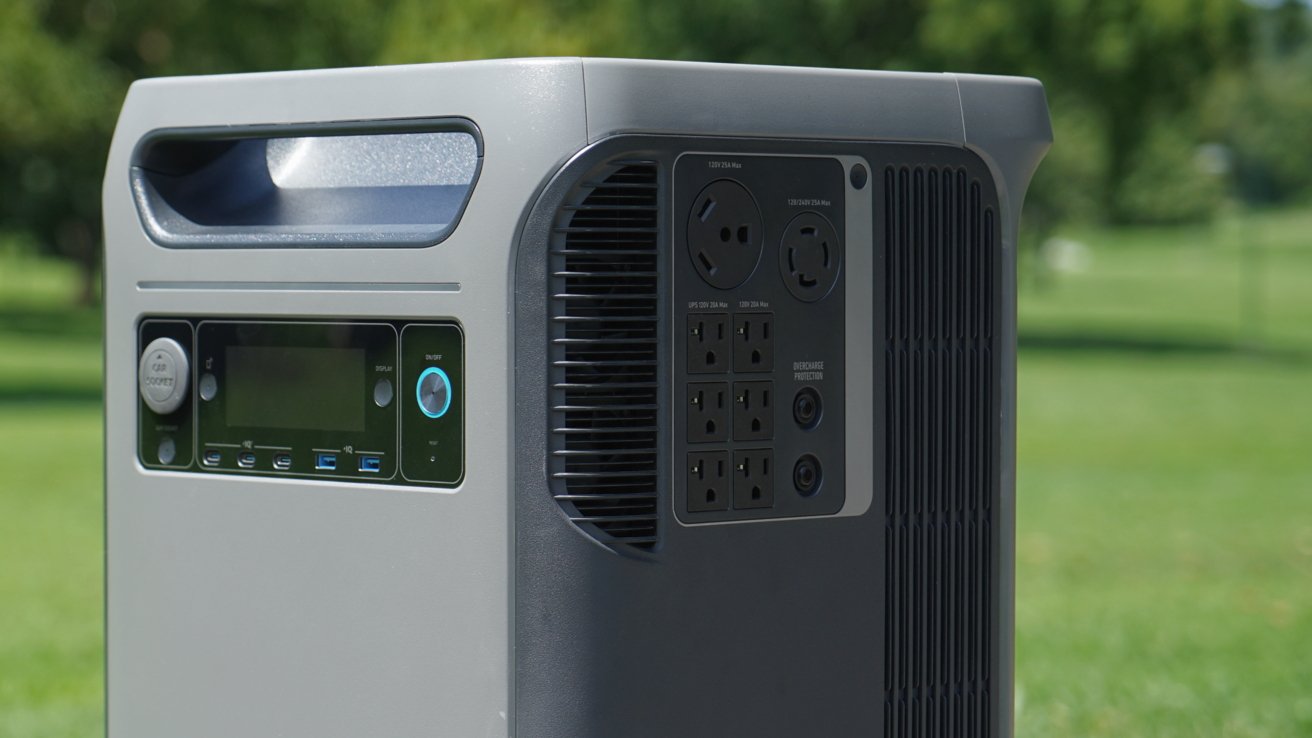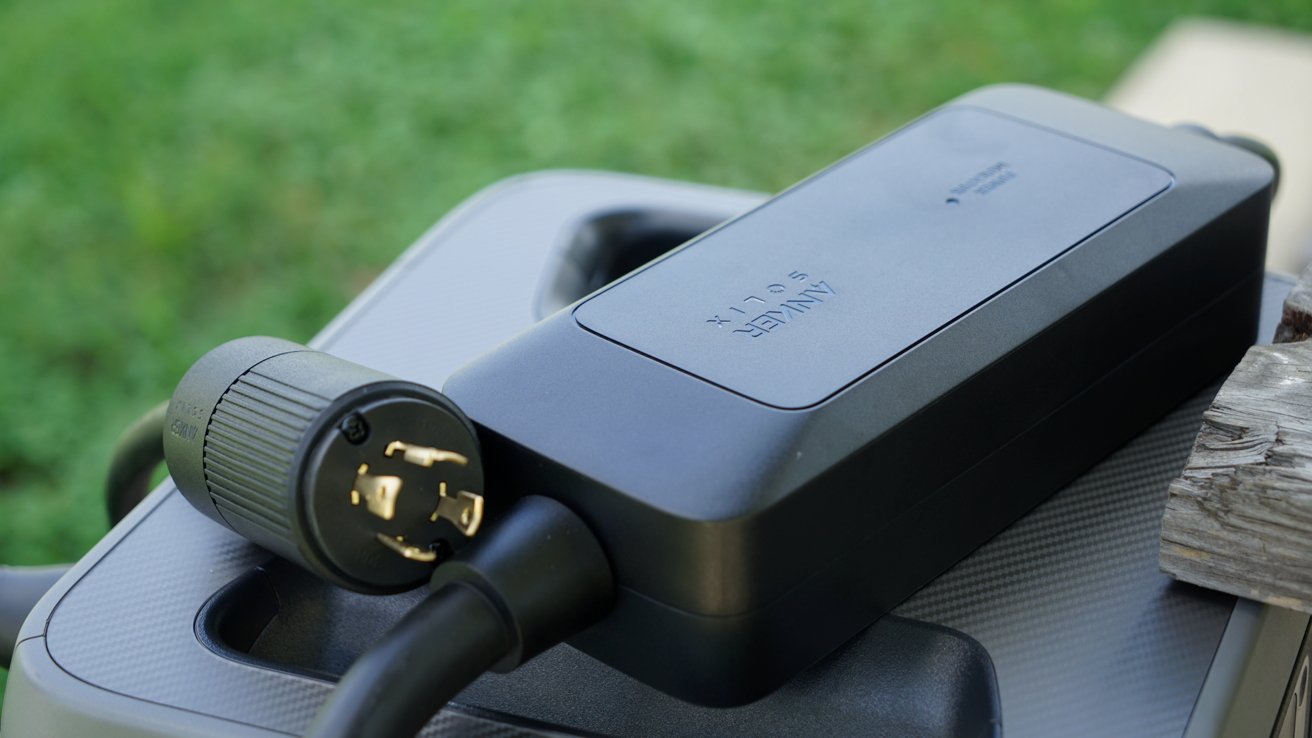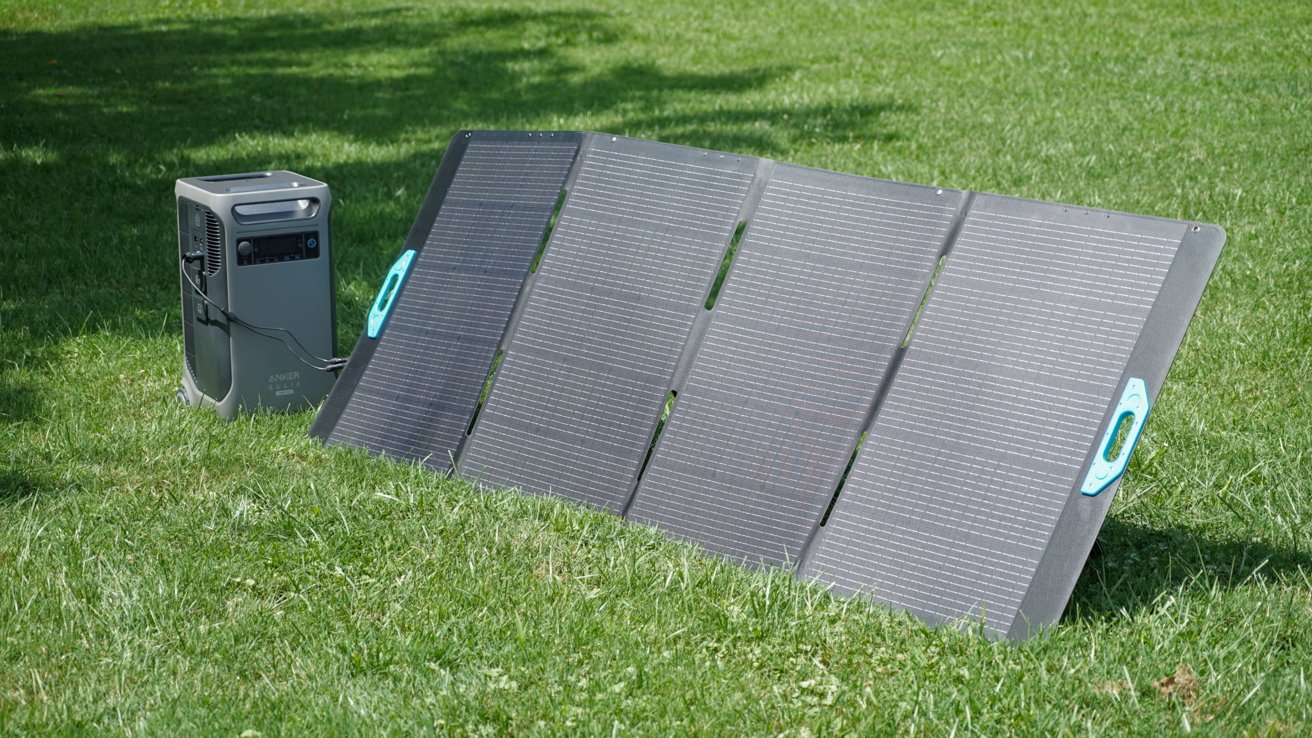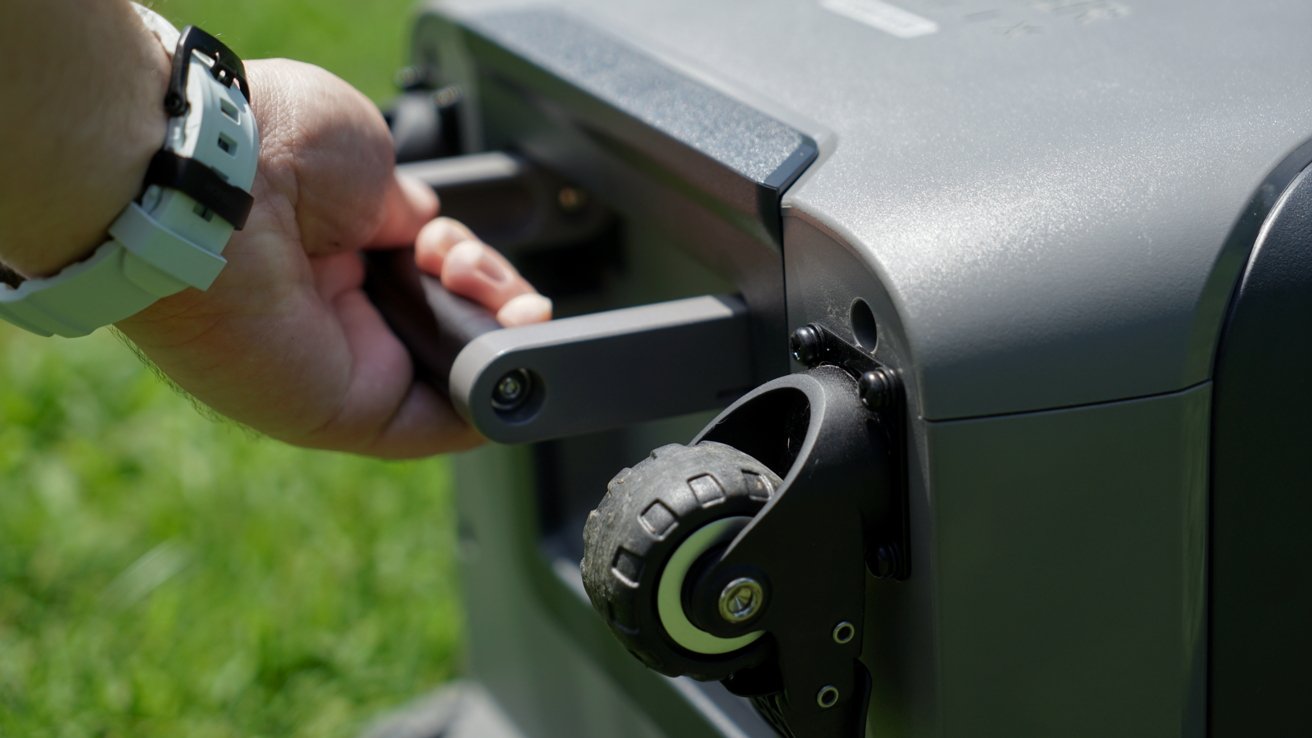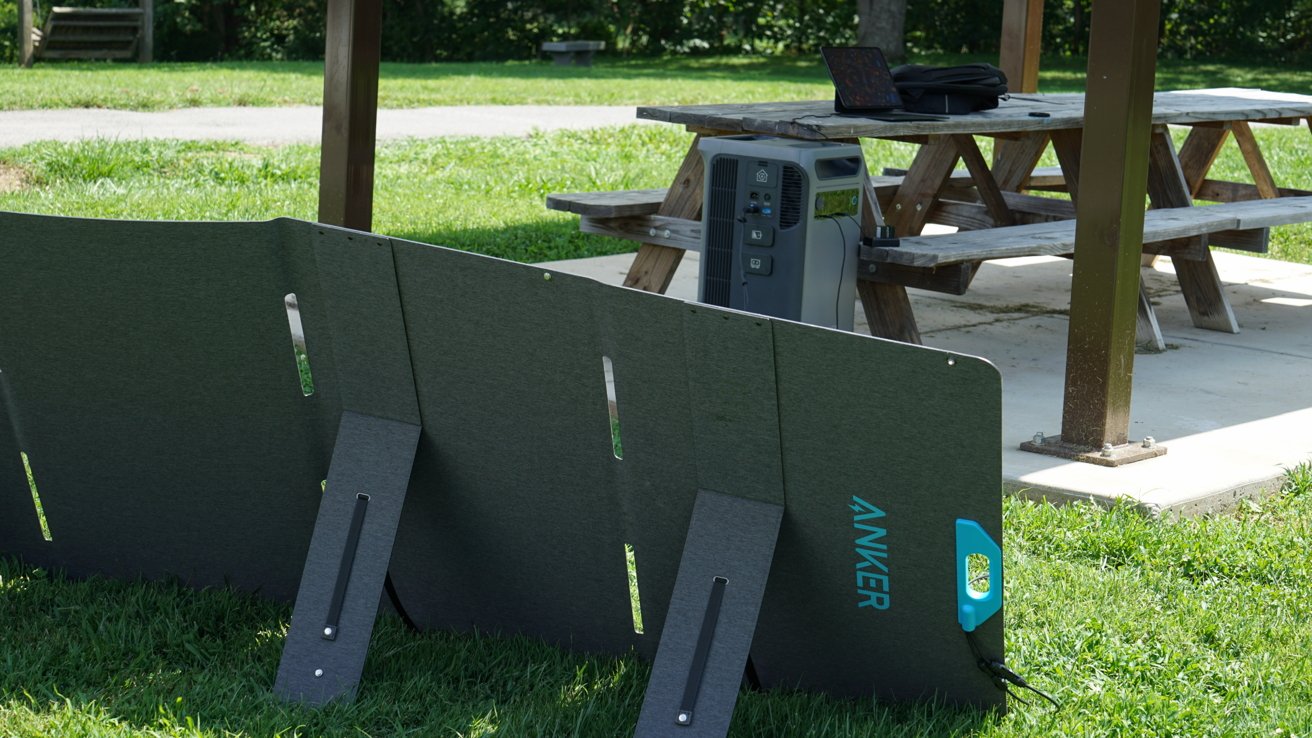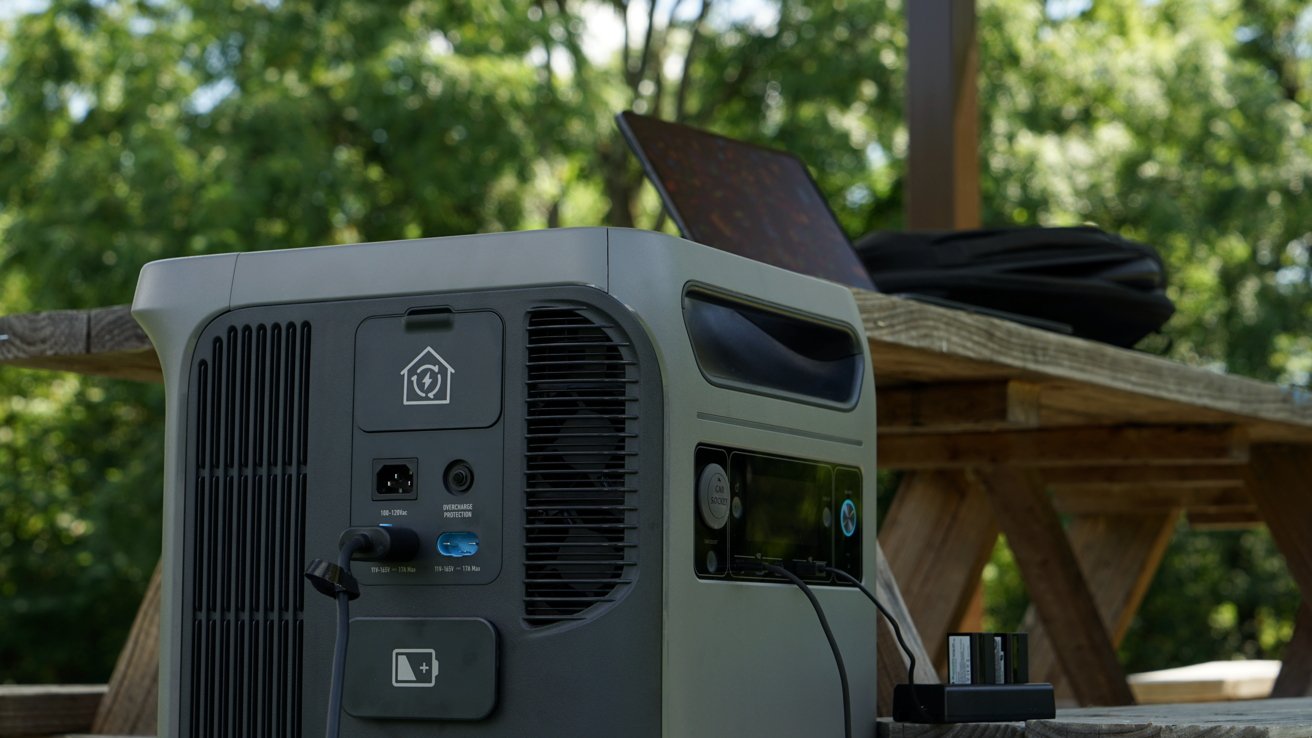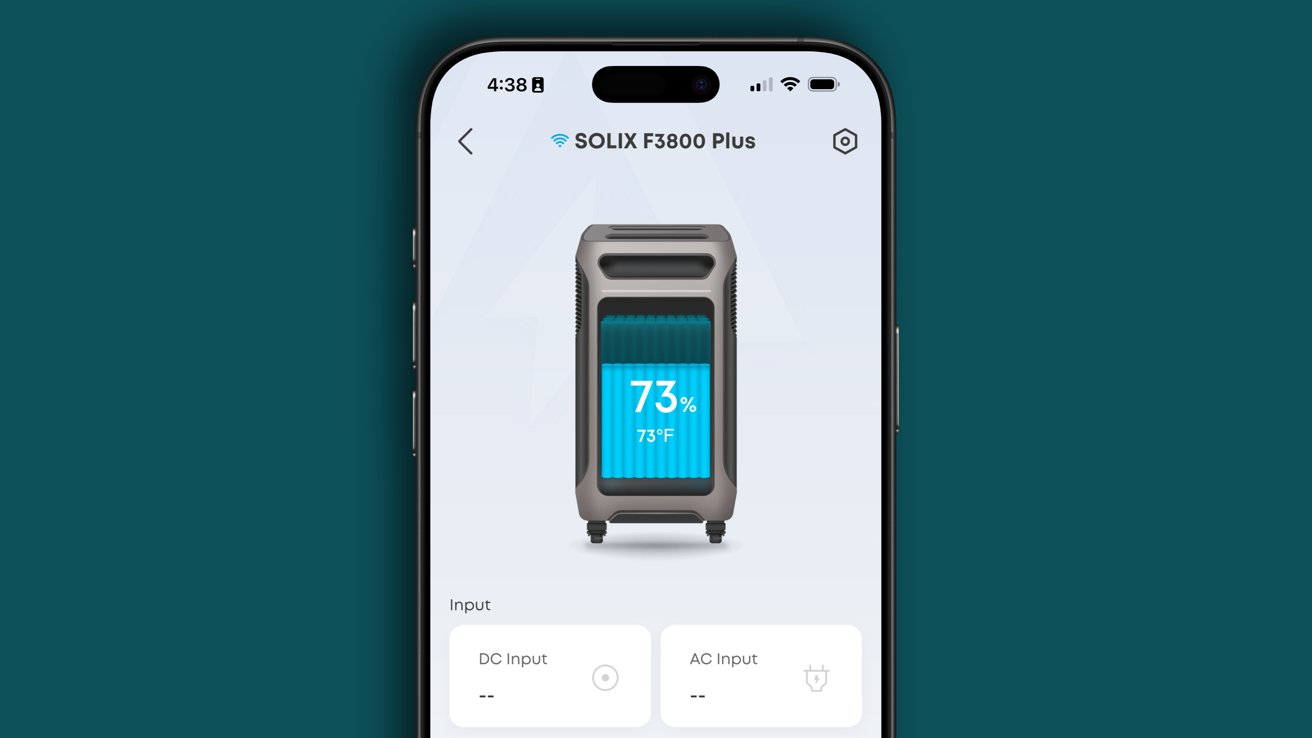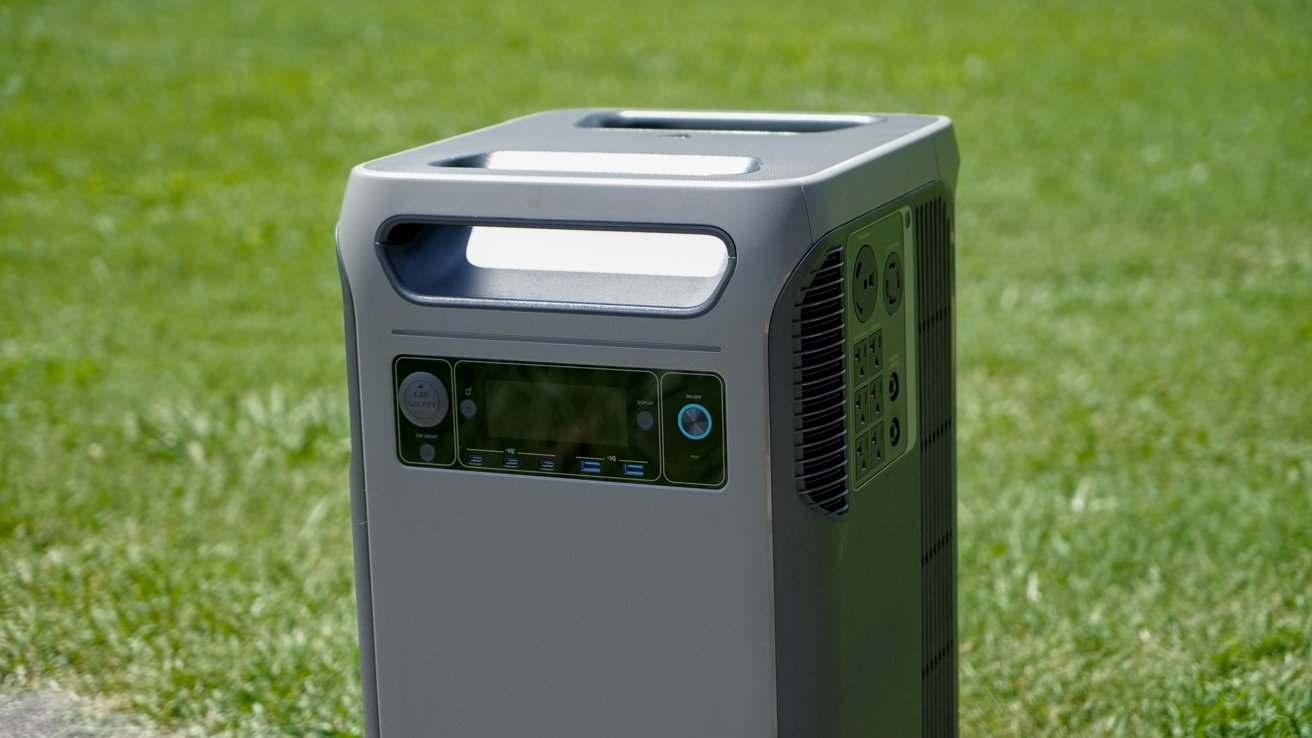The “Plus” in Anker Solix F3800 Plus isn’t just for show — it’s an accurate representation as it takes every core feature of the original and builds on an already excellent home battery backup solution.
It’s been more than a year since I discussed the Anker Solix F3800, and using that product in that time has reinforced the points I made in the review. After a few months with its successor, I can easily say it is a repeat success.
The Anker Solix F3800 Plus is a well-done upgrade with few tradeoffs that will provide a premium portable power station experience. It’s an iterative upgrade that will give new buyers of the product bonus perks, but at a higher price — though you can catch it with heavy discounts.
The original review still stands. It’s an expensive, heavy, yet powerful whole home backup solution that should only be purchased by customers that know exactly what their needs are.
It’s still not quite the perfect capacity-to-weight-and-price ratio, but the increased specs and new features push it to a higher value than the original. Also, if you already own the Anker Solix F3800, it can be paired with the Anker Solix F3800 Plus for expansion.
If you’re looking for a portable unit that’ll stand alone without future expansion, there are likely better, more portable options. The Anker Solix F3800 Plus has wheels and well-placed handles for moving around, but it pushes the limit of the term “portable.”
It works best as the core of a larger system with solar panels, expansion batteries, generators, and a Home Power Panel. The Anker Solix F3800 Plus is weaker as a standalone unit versus the competition.
Anker Solix F3800 Plus review: Design
At first glance, you’d easily mistake the Anker Solix F3800 Plus for the previous model, but there are a few port changes that make them distinguishable. Otherwise, the design is nearly identical with the large gray faceplates, blue LEDs, and big wheels.
It is 27.6 inches by 15.1 inches by 14.6 inches, so about the size of a large cooler turned on its side. It takes up a significant space in a vehicle or closet, but it is a good size to capacity ratio.
It gained a few pounds, weighing an incredible 136.7 pounds. It’s still a job to maneuver around, even with the handles and wheels, but it’s not impossible.
The big wheels in the back are enough to go over grassy terrain, but avoid anything too challenging. Small bumps can be enough to slam everything to a halt, so be aware of what you’re rolling over.
The suitcase-style pop-up handle is good enough to drag the big battery around. For lifting, there’s a hidden handle underneath that makes it easier for one or two people to get it off the ground.
Anker Solix F3800 Plus review: Features
There are two significant feature additions that set the Anker Solix F3800 Plus apart from its predecessor. Users can charge faster via solar, and there’s a new generator bypass feature.
Peak solar input is now 3,200W, up from 2,400W in the previous model. Connecting to an external generator is now more versatile, offering compatibility with both 240V and 120V systems via the Home Power Panel port.
The Anker Solix F3800 Plus starts at 3,840Wh capacity and can be expanded to 53,800Wh with another F3800 unit plus expansion batteries. Those ratings haven’t changed across generations, but if you already have the original model, it can be connected to the F3800 Plus for easy expansion.
Starting with just the F3800 Plus can provide some relief during power outages or power on the road. There’s no need to try and rush into a whole-home power backup, but it’s easier with the piece-by-piece expansion offered by Anker.
The available inputs and outputs have also changed slightly.
Inputs & outputs
There are plenty of options for getting power in and out of the Anker Solix F3800 Plus. Some of the specs and ports have changed versus the original model.
The right side:
- AC input (1,800W max)
- Home Panel Power (3,300W max or 6,000W max with extension battery)
- Dual 165V solar inputs (1,600W each or 3,200W max)
- Expansion Battery port
- DC input (60V, 120A Max)
The left side:
- NEMA TT-30R (3,000W Max)
- NEMA L14-30R (6,000W Max)
- Six AC outlets
The front:
- Car Charger (12V, 10A)
- Two USB-A ports (12W max per port)
- Three USB-C ports (100W max per port)
The Anker Solix F3800 Plus can also act as an uninterruptible power supply with a delay of 20 ms. Power passthrough when connected to AC power or a generator is also possible, but not when in EV charging mode.
Note that the L14-30R port is the only one available for EV charging in the Plus model. The L14-50R was available previously, but was removed in favor of the RV TT-30R output.
Anker Solix F3800 Plus review: Accessories
Anker did provide a couple of accessories to test with the unit this time around. I got to try the Anker Solix PS400 Portable Solar Panel, and I was also sent the 240V Charging Cable.
Sadly, I don’t have a 240V outlet or generator to try the 240V Bypass Charging Cable with, but it is a well-made cable that’ll enhance the versatility of the Anker Solix F3800 Plus. It connects to the Home Power Panel port for up to 3,300W of input or power bypass.
The Anker Solix PS400 Portable Solar Panel proved to be one of the more reliable solar panels I’ve tried. Now, it shouldn’t be any surprise that solar panels can’t operate at 100% potential all the time.
I tested the panels at different times and easily got 170W or more with little effort. Of course, bright sunshine without cloud cover at an optimal angle can get you closer to 400W, but that’s hard to do with any panel.
Generally, I’ve been happy to see around 200W from a single panel. Previous panels I’ve tested are quoted closer to 200W and are lucky to produce more than 100W without more effort, so the higher potential yields much better results.
Users can chain four of these panels together to a single solar panel input port. That’s 1,600W of potential input, which is doubled with the second solar input port.
This kind of incredible potential input is very important for both whole-home backup and travel. Either way, you’re getting more power, faster, and keeping the lights on for longer thanks to improved solar panel input.
Using Anker Solix F3800 Plus as a portable power station
I rent, so I still haven’t taken the steps to set up whole-home battery backup and solar. So, my use case has leaned more towards the Anker Solix F3800 Plus as a portable power station.
Yes, somehow this unit still qualifies as “portable” despite it weighing 136.7 pounds. The wheels help, and there’s the hidden handle underneath, but it’s testing the limits of that moniker.
A knee injury I dealt with for the front half of 2025 made reviewing the Anker Solix F3800 Plus nearly impossible. In that time, I was able to use it as a backup system and test the uninterruptible power supply, but little else.
Once I was finally able to get enough strength back in my knees to get the battery down the stairs, with help, it proved to be a challenge. This is one hefty battery.
That said, I think it’s an excellent price per watt-hour value. I expect most people will buy one and stick it somewhere in their home or RV for use as a backup or supplementary system.
Camping and such is still possible with this unit, but understand, it’s going to take up more space than you’d probably like for shorter excursions. Unless you’re hoping for a home backup system to double as a portable camping utility, look at mid-sized portable power stations closer to the 75-pound range.
The Anker Solix F3800 Plus proved to be a similar experience overall compared to its predecessor. It’s still whisper-quiet in use until you’ve put it under significant load, but even then, the fans may hit 60 decibels.
Anker says the standby life is also improved, which has proven true. Topping off the battery was rarely necessary between uses, as it held onto its charge well.
In these months using the Anker Solix F3800 Plus, I can say it is a reliable, if large, battery. Portable power stations and home backup solutions like these are utilitarian, so there’s not much to say beyond it works.
Seriously, three 100W USB-C ports are incredible to have, not to mention six additional AC outlets. There’s not much you can’t power from this monstrous battery.
With other power stations, you usually have to choose one device that gets the “good” 100W ports and rely on the AC outlets for other devices. With three 100W USB-C ports, you can fast charge an iPad Pro, MacBook Pro, and keep your Apple Vision Pro going without needing extra charging bricks.
Of course, the AC outlets are also good for keeping things powered around the home. There have been a few power outages where I plug in the home entertainment system into one outlet, a fan in the other, and stay relatively cool while playing video games until power returned.
At least the wheels make it easy to move around as long as it doesn’t need to go up or down stairs.
The Anker app
I don’t have anything new to say about the very straightforward Anker app. It shows the battery and its power allocation in a simple UI, and that’s great.
There are plenty of settings that can be accessed from the app that aren’t obvious from the battery itself. Change charging speeds, timeout settings, and more.
The Anker Solix F3800 Plus can connect over Wi-Fi or Bluetooth. Of course, you’re not going to get any information if the battery is completely powered down.
There’s thankfully no sign of a social network within the app, which seems to be becoming more prevalent among utility apps. Smart batteries, bikes, and water bottles all seem to barrage users with unnecessary social tools, and Anker avoids that here.
The Anker Solix F3800 Plus debuted in a higher price slot than the previous model, but regular discounts make it much more affordable — therefore more bang for your buck. The improved solar charging and generator bypass are excellent year-over-year upgrades.
This is an incredibly large and heavy portable power station that isn’t for everyone. However, if you’re looking for massive potential in home battery backup, Anker has you covered.
Those that want to prioritize portability may want to look at smaller systems. Anker offers some, though we can also recommend options from Jackery and Bluetti.
The high efficiency of the solar connections, AC inputs, and variety of ports make this giant battery a good option. It’s an easy choice for those starting on their whole-home backup journey.
Anker Solix F3800 Plus review – Pros
- Expand all the way to 53.8 kWh
- Expanded input up to 3,300 W or 6,000 W with additional battery
- Generator bypass
- Improved solar input up to 3,200 W
- Handles and wheels help with maneuverability…
Anker Solix F3800 Plus review – Cons
- … but weight is still an issue if you’re not prepared to move a 136-pound object
- Large, cabinet-like shape won’t be suitable for all use cases
- More suited for home backup than portable power
Rating: 4.5 out of 5
The Anker Solix F3800 Plus is a good iteration on an already great product. It’s still not perfect, and physics will prevent it from ever being a good option for everyone.
That said, the capacity is a good tradeoff for the weight, if you can lift it.
Where to buy the Anker Solix F3800 Plus
The Anker Solix F3800 Plus is available on its own for $2,799 from Anker, discounted from $4,799 at the time of publication. There’s also the 30% tax credit that customers should take into account.
Get the Anker Solix F3800 Plus with the 400W solar panel for $3,199 from Anker, which is discounted from $5,698. The Anker Solix 240V Bypass Charging Cable is also discounted to $299 from $399.
This story originally appeared on Appleinsider


